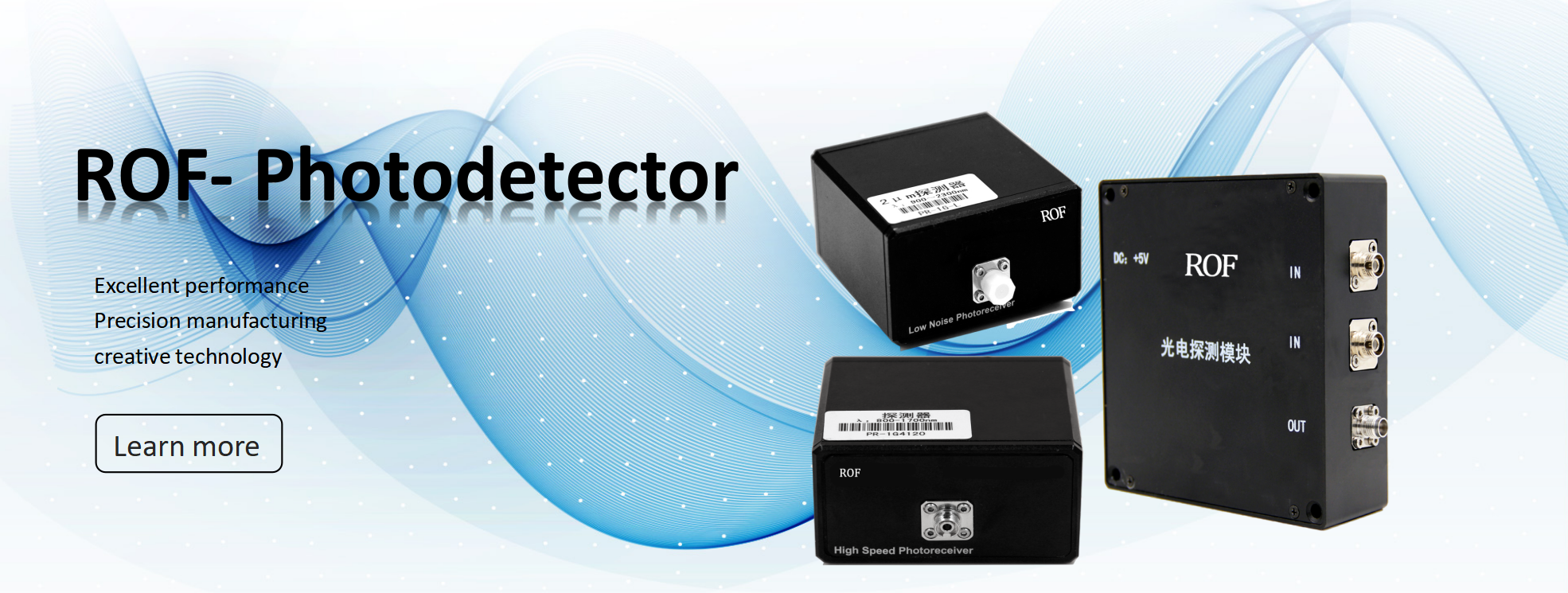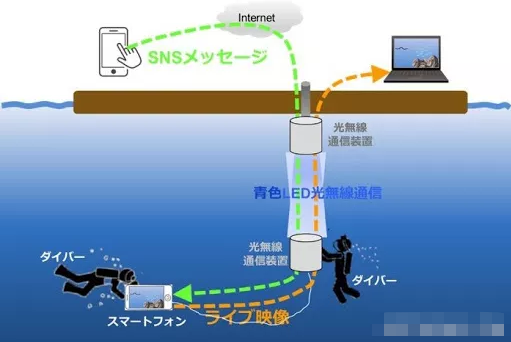-

Laser principle and its application
Laser refers to the process and instrument of generating collimated, monochromatic, coherent light beams through stimulated radiation amplification and necessary feedback. Basically, laser generation requires three elements: a “resonator,” a “gain medium,” and a “pu...Read More -

What is integrated optics?
The concept of integrated optics was put forward by Dr. Miller of Bell Laboratories in 1969. Integrated optics is a new subject which studies and develops optical devices and hybrid optical electronic device systems using integrated methods on the basis of optoelectronics and microelectronics. Th...Read More -

Principle of laser cooling and its application to cold atoms
Principle of laser cooling and its application to cold atoms In cold atom physics, a lot of experimental work requires controlling particles (imprisoning ionic atoms, such as atomic clocks), slowing them down, and improving measurement accuracy. With the development of laser technology, laser coo...Read More -

Introduction to photodetectors
A photodetector is a device that converts light signals into electrical signals. In a semiconductor photodetector, the photo-generated carrier excited by the incident photon enters the external circuit under the applied bias voltage and forms a measurable photocurrent. Even at the maximum respons...Read More -

What is an ultrafast laser
A. The concept of ultrafast lasers Ultrafast lasers usually refer to mode-locked lasers used to emit ultra-short pulses, for example, pulses of femtosecond or picosecond duration. A more accurate name would be ultrashort pulse laser. Ultrashort pulse lasers are almost mode-locked lasers, but the ...Read More -

Concept and classification of nanolasers
Nanolaser is a kind of micro and nano device which is made of nanomaterials such as nanowire as a resonator and can emit laser under photoexcitation or electrical excitation. The size of this laser is often only hundreds of microns or even tens of microns, and the diameter is up to the nanometer ...Read More -

Laser-induced breakdown spectroscopy
Laser-Induced Breakdown Spectroscopy (LIBS), also known as Laser-Induced Plasma Spectroscopy (LIPS), is a fast spectral detection technique. By focusing the laser pulse with high energy density on the surface of the target of the tested sample, the plasma is generated by ablation excitation, and ...Read More -

What are the common materials for machining optical element?
What are the common materials used for machining optical element? The materials commonly used for processing optical element mainly include ordinary optical glass, optical plastics, and optical crystals. Optical glass Because of its easy access to high uniformity of good transmittance, it has bec...Read More -

What is a spatial light modulator?
Spatial light modulator means that under active control, it can modulate some parameters of light field through liquid crystal molecules, such as modulating the amplitude of light field, modulating the phase through the refractive index, modulating the polarization state through the rotation of ...Read More -

What is optical wireless communication?
Optical Wireless Communication (OWC) is a form of optical communication in which signals are transmitted using unguided visible, infrared (IR), or ultraviolet (UV) light. OWC systems operating at visible wavelengths (390 — 750 nm) are often referred to as visible light communication (VLC). ...Read More -

What is optical phased array technology?
By controlling the phase of the unit beam in the beam array, the optical phased array technology can realize the reconstruction or precise regulation of the array beam isopic plane. It has the advantages of small volume and mass of the system, fast response speed and good beam quality. The workin...Read More -

Principle and development of diffractive optical elements
Diffraction optical element is a kind of optical element with high diffraction efficiency, which is based on the diffraction theory of light wave and uses computer-aided design and semiconductor chip manufacturing process to etch the step or continuous relief structure on the substrate (or the su...Read More





